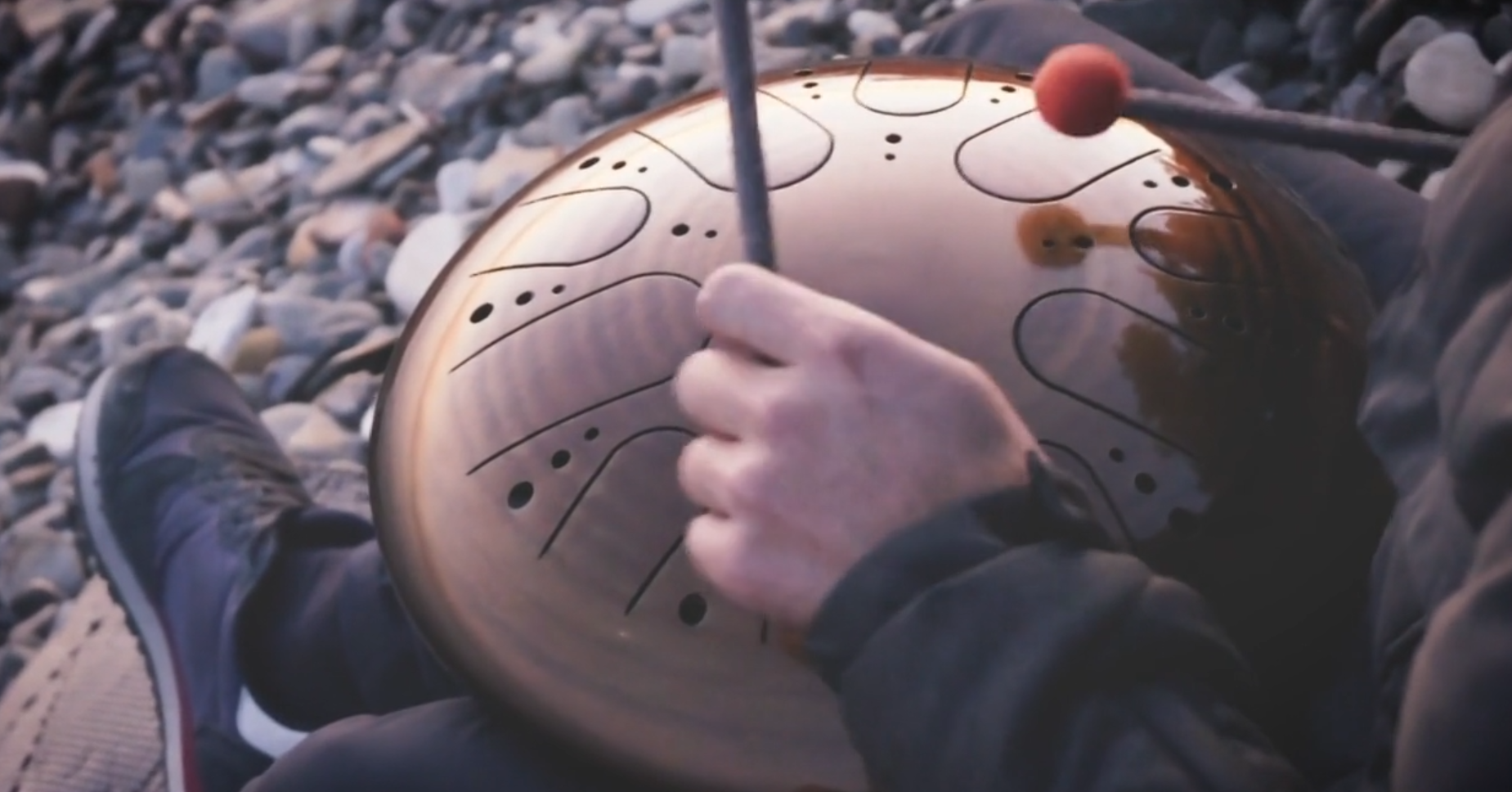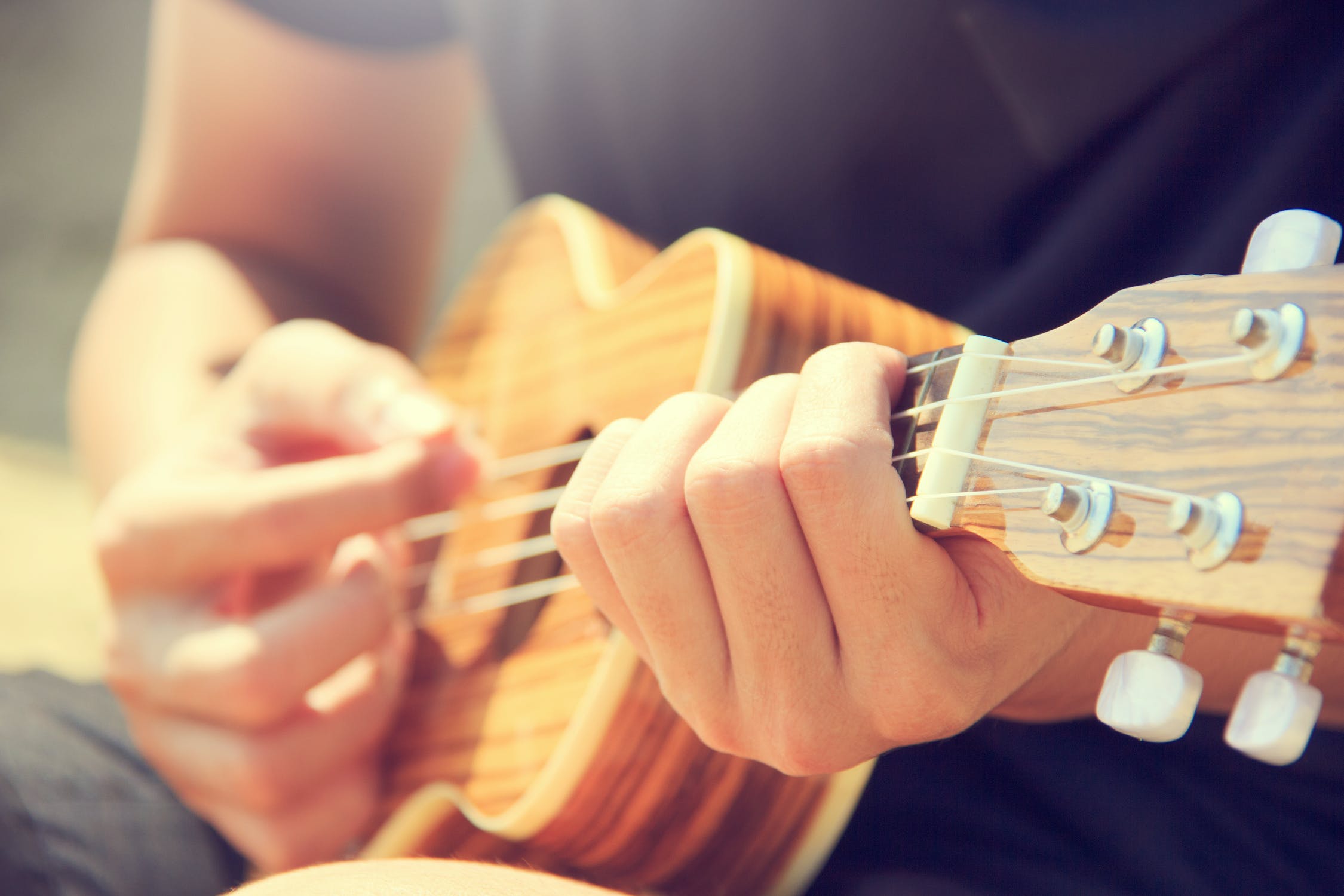What kind of beast is the glucophone? This instrument can also be found under the name “tank drum,” and its aficionados claim that it is the one with which you can develop your hearing and sense of rhythm, simply by relying on your intuition.
Glucophones refer to petal drums, and it is one of the “youngest” musical instruments! Just think, a video showing the first glucophone prototype appeared on the Internet in 2007. It showed Felle Vega, a percussionist from Spain, extracting cosmic sounds from half a propane cylinder cut into petals.
Well, percussion instruments with a certain pitch themselves were not invented in the past or the century before last – they are many thousands of years old. They are often found among the folk musical instruments. Especially in Africa, where percussion is known to be very popular.
What does the glucophone look like now?
Modern instruments are two bowls welded together. The upper bowl is cut into petals of different sizes, while the lower bowl has a hole that gives the sound an outlet.
Even a baby can play the glucophone! All because the music begins to sound as soon as you touch the instrument. With your hands or with special sticks – it doesn’t matter. This is because the petals of the drum (as we said, glucophone refers to drums) resonate from the touch and spread the vibration around. Due to this the sound is extracted.
The sound of the instrument is directly related to its size. The smaller the glucophone, the thinner and higher the sound will be. A dense and rich bass can be achieved from an instrument of larger size. The size also affects the sound of the individual lobes, the lower the tone, the bigger the lobe.
How to learn to play the glucophone?
You just take it and play it. 🙂 The glucophone is the kind of instrument that has harmony “automatically” built into it. Almost all intervals will be harmonic. So you have to rely on your ear and your mood and pick up exactly those combinations that will please you. Glucophone lovers note that the basic principle of learning on this instrument is not to disperse your attention to the whole disc. Concentrate on a couple or three petals, play their sound, switch to the next, change, alternate. In this way you will develop your hearing and learn to transmit through the glucophone exactly what you want.
At the heart of the sound is a “bouncing bounce,” a sharp blow on the petal. To play with your fingers, it won’t hurt to develop your joints.
Today, the glucophone is a faithful companion of street musicians. It is easy to take with you, and its unusual look and sound will hardly leave even a casual spectator indifferent. Professional bands do not use glucophones very often yet, there is too little “room for maneuver”, not enough notes and, consequently, tonalities for the performance of complicated music.





